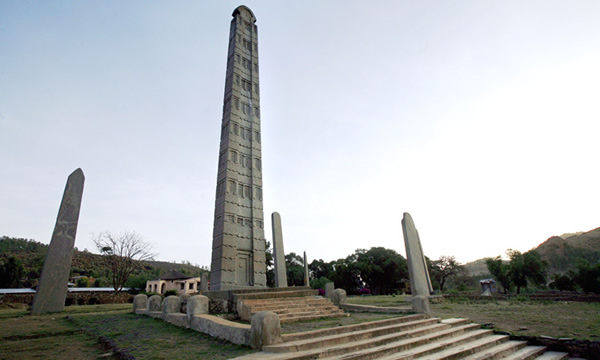
(Stratfor)–Ethiopia rose to prominence as a regional empire known as the Kingdom of Aksum in the first century A.D. The Aksum Kingdom had existed for centuries prior, but it began to flourish thanks to trade between the Roman Empire and ancient India. But its growing wealth and influence wasn’t solely a function of its position along vital coastal trade routes. Rather, the core of present-day Ethiopia, and its historic predecessors, has always been the Ethiopian Highlands. The large protected area of fertile lands and major rivers became the seat of a power that would hold sway in its nearby region and beyond the continent.
Unlike other African empires of old, which in their pre-colonial histories enjoyed similar prominence in trade with Europe but were unable to expand their activities much beyond generating wealth through that trade, the Aksum Kingdom parlayed its economic success into political power. It emerged as a regional force that established hegemony over significant portions of the continent and extended its reach across the Red Sea. Within Africa, the Kingdom of Aksum captured the Kingdom of Kush, which corresponds more or less with today’s Sudan. In doing so it seized control of trade from the African interior, as well as caravan routes from the Middle East. In a geopolitical sense, overcoming the dominance of powers along the Nile River corridor was no small feat.
Read the complete story at Stratfor
——
See also:
- Protecting the Unparalleled Simien Mountains
- Ethiopia: Land of Origins Gets Amharic Equivalent
- In Ethiopia, a Search for the Lost Ark of the Covenant
- Ethiopia Looks to Attract Millennials, Adventure Travelers
- Go to Ethiopia for Ancient History, Jazz, and a Capital City on the Rise
- Ethiopian Culture Colorfully Showcased at Katara Drama Theatre in Doha, Qatar
- Fifty-ninth Meeting of the UNWTO Commission for Africa: Addis Ababa, Ethiopia
